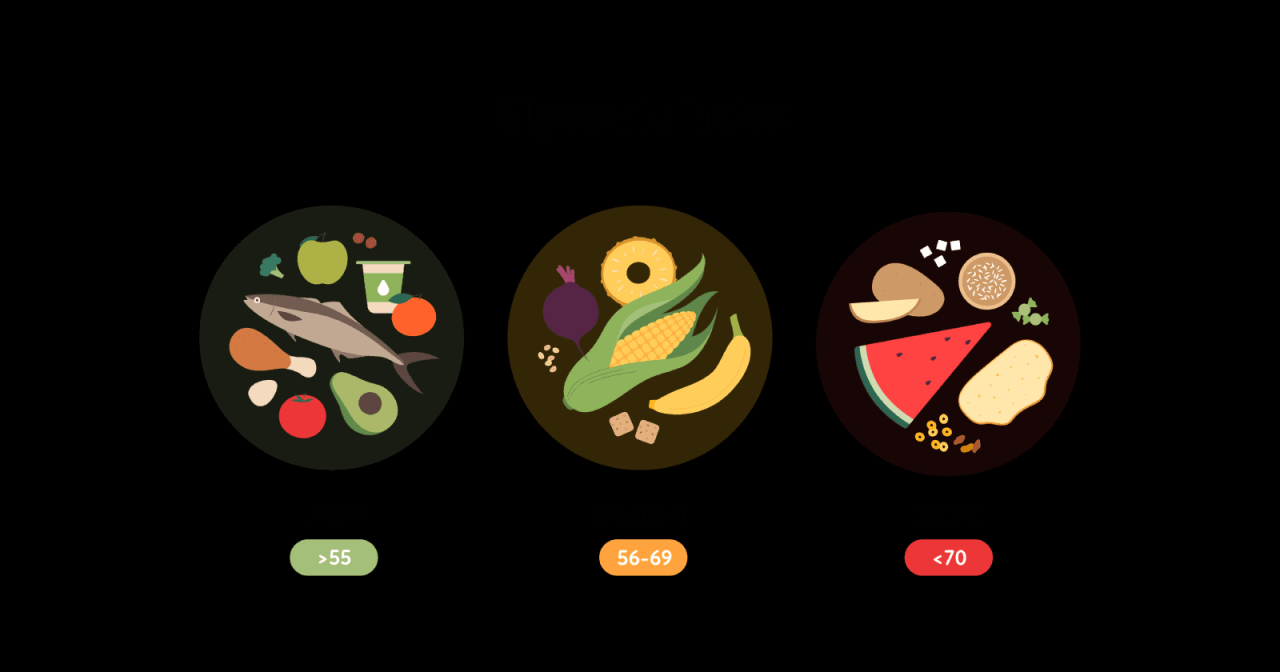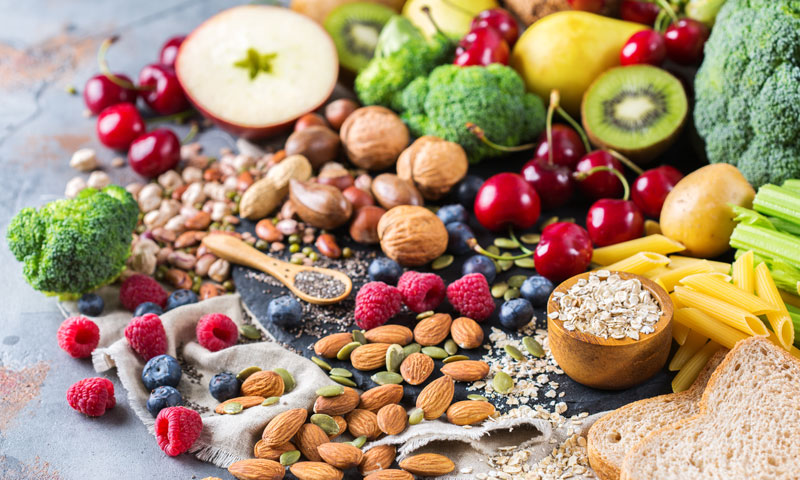The concept of the Glycemic Index may sound like a complex and intimidating topic, but fear not! In this article, we will break it down in a clear and easy-to-understand way. So grab a cup of coffee, sit back, and let’s delve into the fascinating world of the Glycemic Index.

The Basics of Glycemic Index
When it comes to understanding the glycemic index, it’s important to grasp the concept of how different foods affect our blood sugar levels. Foods are ranked on a scale of 0 to 100 based on how quickly they cause our blood sugar to rise. Here are some key points to keep in mind:
- Low GI Foods: These are foods with a GI of 55 or less, which cause a gradual rise in blood sugar levels. They are ideal for sustained energy and weight management.
- Medium GI Foods: Foods with a GI between 56 and 69 fall into this category. They cause a moderate increase in blood sugar levels and should be consumed in moderation.
- High GI Foods: These are foods with a GI of 70 or higher, which cause a rapid spike in blood sugar levels. They should be consumed sparingly, especially for individuals with diabetes.
| Food | Glycemic Index |
|---|---|
| Apple | 38 |
| Brown Rice | 50 |
| White Bread | 70 |
By incorporating more low GI foods into your diet, you can help stabilize your blood sugar levels, improve your energy levels, and promote overall health and well-being. Understanding the glycemic index is key to making informed choices about the foods you consume on a daily basis.
Implications for Blood Sugar Management
When it comes to blood sugar management, understanding the glycemic index can be crucial. The glycemic index (GI) is a scale that ranks carbohydrate-containing foods based on how much they raise blood sugar levels. Foods that rank high on the GI scale can cause a rapid spike in blood sugar, while foods that rank low can help maintain stable blood sugar levels. This information can be particularly valuable for individuals with diabetes or those looking to manage their weight.
By choosing foods with a lower GI, you can help prevent sudden spikes and crashes in blood sugar levels. Some examples of low GI foods include fruits, vegetables, whole grains, and legumes. On the other hand, high GI foods like white bread, white rice, and sugary snacks should be consumed in moderation to avoid drastic blood sugar fluctuations.
For those looking to better manage their blood sugar levels, incorporating a variety of low GI foods into their diet can be beneficial. This can help provide sustained energy levels throughout the day and prevent the negative consequences of high blood sugar, such as fatigue and increased risk of chronic diseases. Being mindful of the glycemic index can be a simple yet effective tool in promoting overall health and well-being.
Selecting Low Glycemic Foods for Health
When it comes to selecting low glycemic foods for better health, understanding the glycemic index is key. The glycemic index ranks carbohydrates based on how they affect blood sugar levels. Foods with a low glycemic index (55 or less) are digested more slowly, leading to a gradual rise in blood sugar levels. On the other hand, high glycemic foods (70 or above) cause a rapid spike in blood sugar levels.
By choosing low glycemic foods, you can help manage your blood sugar levels, reduce your risk of chronic diseases such as diabetes, and maintain a healthy weight. Some examples of low glycemic foods include:
- Legumes: Beans, lentils, and chickpeas are excellent sources of protein and fiber with a low glycemic index.
- Whole grains: Opt for whole grains like quinoa, barley, and oats, which are rich in nutrients and have a lower impact on blood sugar levels.
- Fruits: Choose fruits like berries, apples, and pears, which are high in fiber and vitamins and have a lower glycemic index compared to tropical fruits.
| Food | Glycemic Index |
|---|---|
| Apple | 38 |
| Brown rice | 50 |
Next time you’re grocery shopping or planning your meals, keep the glycemic index in mind and opt for more low glycemic foods to support your overall health and well-being.
Tips for Creating Balanced Meals with Glycemic Index in Mind
Creating balanced meals with the glycemic index in mind can help you manage your blood sugar levels and maintain a healthy weight. Understanding how different foods affect your blood sugar can be a game-changer in your meal planning. Here are some tips to help you create meals with the glycemic index in mind:
- Include a variety of foods in your meals to balance the glycemic load.
- Choose whole grains, lean proteins, and healthy fats to help slow down the absorption of carbohydrates.
- Opt for fruits and vegetables with a lower glycemic index to add fiber and nutrients to your meals.
Incorporating these tips into your meal planning can help you create balanced meals that keep you feeling satisfied and energized throughout the day. Experiment with different food combinations to find what works best for you and your body. Remember, it’s all about finding a balance that works for your individual needs and preferences.
| Food | Glycemic Index |
|---|---|
| Quinoa | 53 |
| Apples | 38 |
| Greek Yogurt | 11 |
As we come to the end of our exploration into the complex world of the glycemic index, we hope that you now have a deeper understanding of how different foods can impact your blood sugar levels. By being mindful of the GI of the foods you consume, you can make more informed choices to better manage your overall health and well-being. Remember, knowledge is power, and arming yourself with the knowledge of the glycemic index can empower you to take control of your diet and ultimately, your health. Stay curious, stay informed, and remember to always listen to your body. Thank you for joining us on this journey of discovery.






